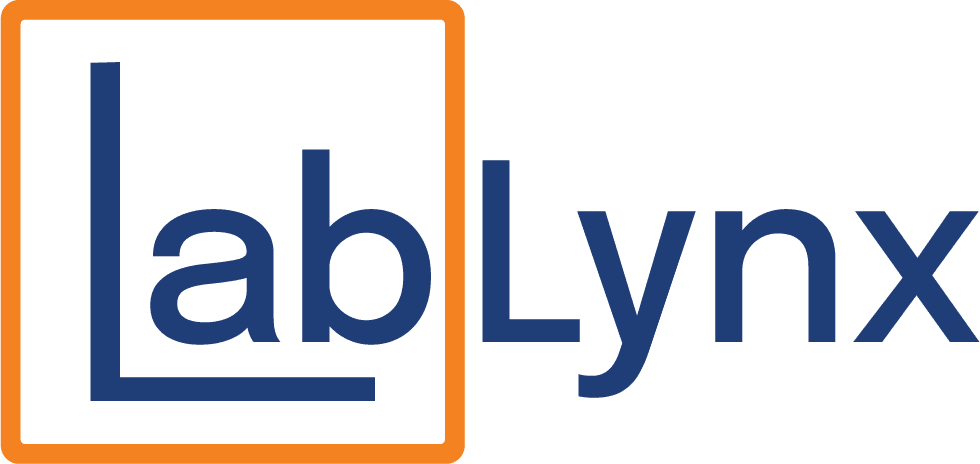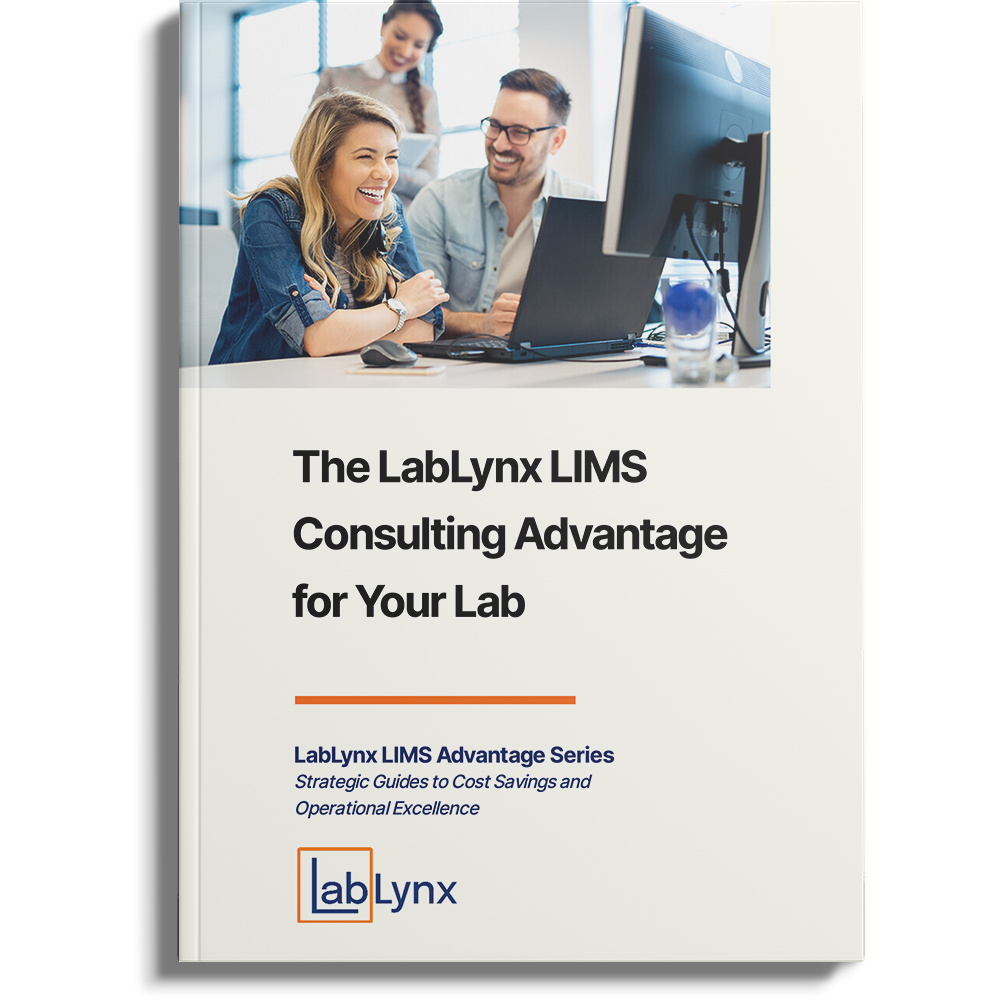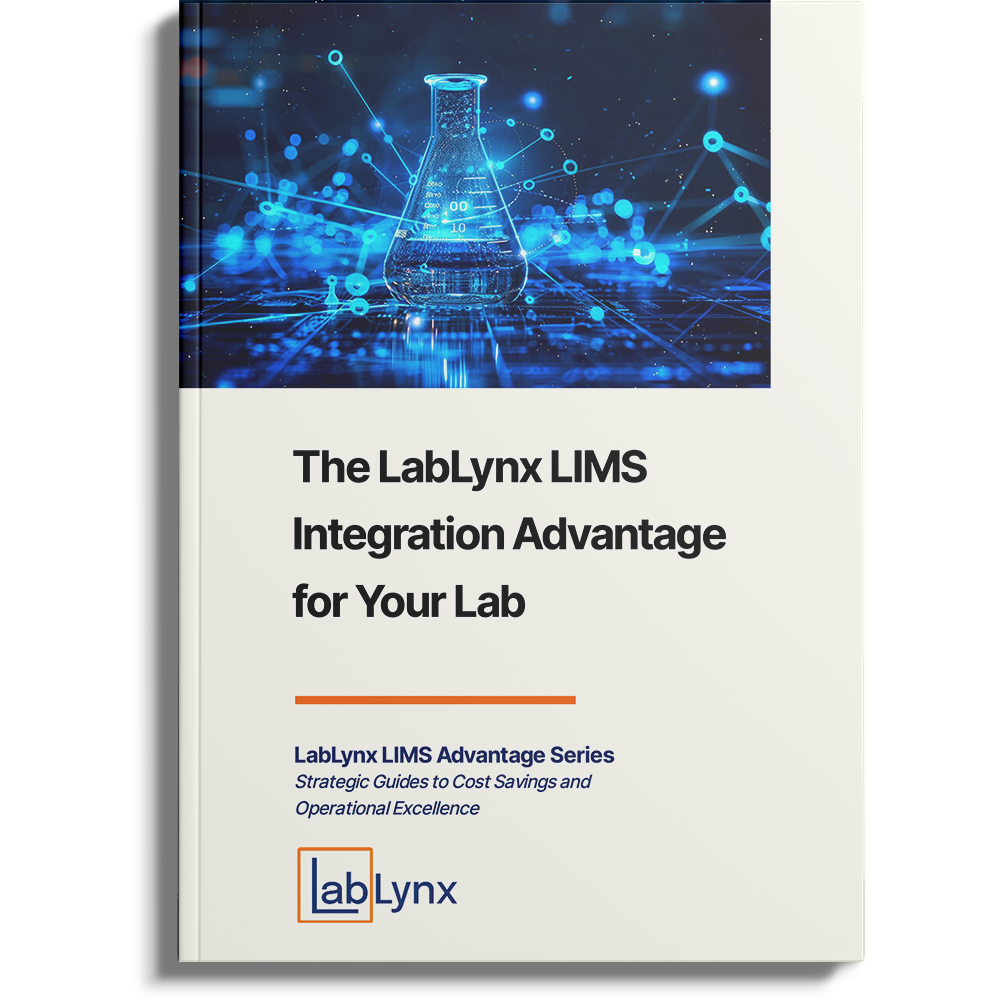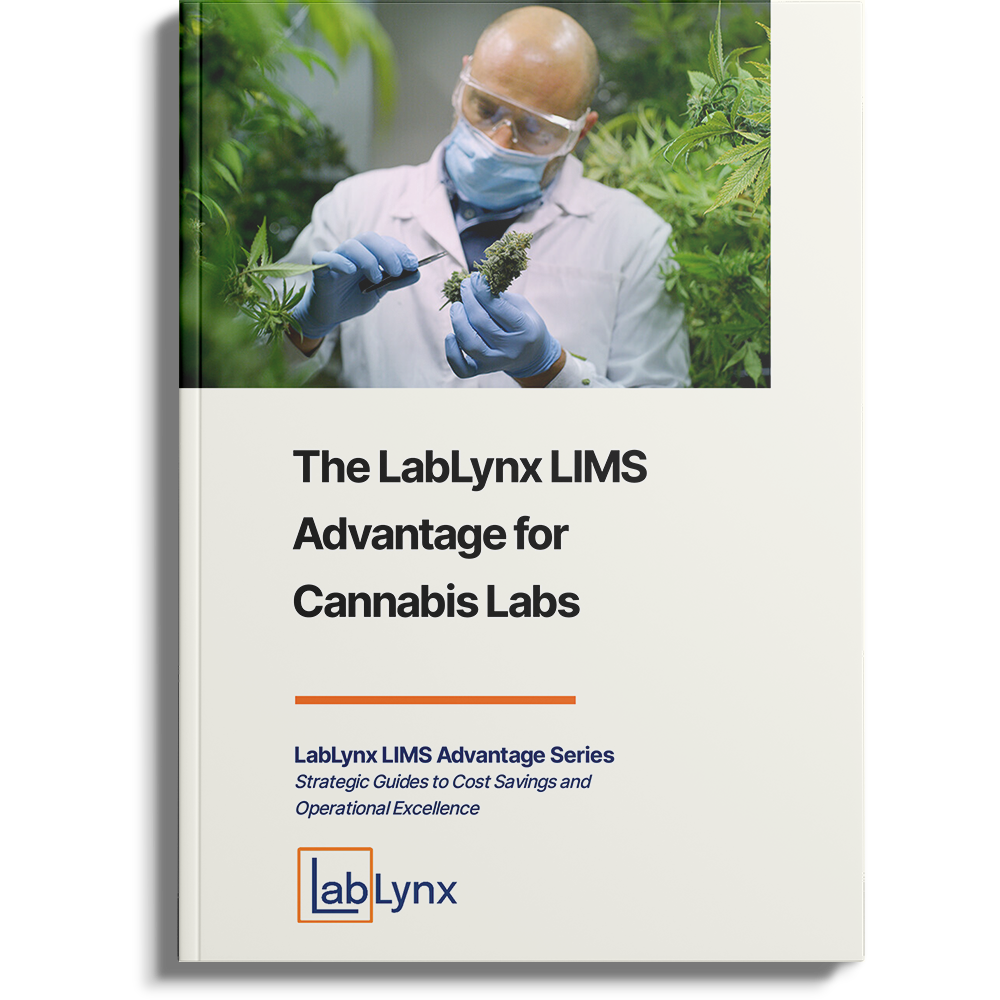
In an environment where laboratories face increasing scrutiny, rapid regulatory changes, and evolving risks, ensuring governance, risk management, and compliance (GRC) is more essential than ever. Effective GRC strategies allow laboratories to uphold regulatory standards, mitigate risks, and implement best practices, thereby building trust, reducing errors, and improving operational efficiency.
LabLynx’s Laboratory Information Management System (LIMS) is purpose-built to support GRC initiatives within lab settings. Equipped with powerful tools for governance, risk mitigation, and regulatory compliance, LabLynx LIMS offers a proactive approach to meeting industry standards and achieving long-term operational success. This article delves into the critical aspects of GRC in labs and how LabLynx LIMS can be a pivotal ally in these efforts.
Why GRC is Crucial for Laboratories
Governance, Risk, and Compliance encompass three key areas that are interconnected but distinct in their goals:
- Governance ensures that lab activities align with organizational policies and regulatory expectations.
- Risk Management identifies, assesses, and mitigates risks in laboratory operations, from sample handling to data security.
- Compliance refers to adhering to industry regulations, which can include standards from organizations like the FDA, EPA, ISO, and HIPAA for healthcare labs.
Adopting a comprehensive GRC approach allows laboratories to improve decision-making, ensure regulatory readiness, reduce potential liabilities, and maintain consistent operational quality.
Did You Know? According to a study by Deloitte, organizations with structured GRC programs can reduce compliance costs by up to 20%, leading to improved performance and a reduced risk of non-compliance fines and reputational damage.
How LabLynx LIMS Empowers GRC in Laboratories
LabLynx LIMS integrates governance, risk, and compliance functionalities to help laboratories meet their GRC goals. Here’s how LabLynx LIMS can improve GRC across your laboratory environment:
1. Enhanced Data Integrity and Traceability
Data integrity and traceability are foundational to any GRC strategy. LabLynx LIMS provides robust data management capabilities to ensure that all laboratory data—from sample records to test results—remains accurate, secure, and easily traceable.
- Audit Trails: LabLynx LIMS generates audit trails that record every action within the system, ensuring all data is traceable. This feature is crucial for compliance, as it provides a documented history of changes, deletions, and updates.
- Data Encryption and Access Control: With role-based access, LabLynx LIMS restricts data access to authorized personnel, safeguarding sensitive information and meeting compliance requirements.
- Document Control: The system manages all lab-related documents, ensuring they are up-to-date and accessible when needed, reducing the risk of errors due to outdated or incorrect information.
Fact: A study from ResearchGate found that labs with automated audit trails and data integrity practices achieved compliance 30% faster during regulatory audits. (ResearchGate, 2021)
2. Risk Management through Proactive Monitoring and Alerts
Identifying and mitigating risks before they escalate is essential for laboratories, particularly those working in regulated industries. LabLynx LIMS offers features that help laboratories monitor potential risks in real time.
- Real-Time Alerts: The system can be configured to send alerts for potential issues, such as deviations in test results or low inventory levels, allowing labs to take proactive action.
- Incident Reporting and Tracking: LabLynx LIMS enables laboratories to report, track, and resolve incidents, whether they relate to equipment, sample handling, or compliance, providing a full overview of risks and their status.
- Corrective and Preventive Actions (CAPA): The CAPA feature allows labs to document and manage corrective actions, ensuring a systematic approach to resolving issues and minimizing future risks.
Source: According to McKinsey & Company, companies with proactive risk management processes can reduce operational risks by up to 40%, highlighting the importance of real-time monitoring and alert systems. (McKinsey & Company, 2022)
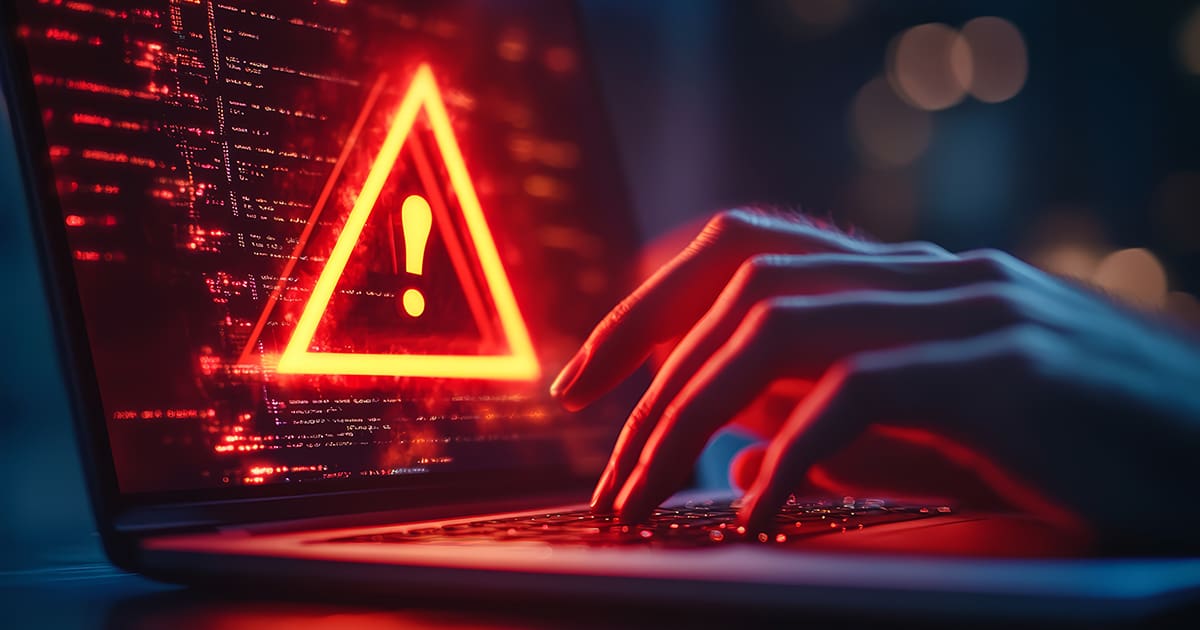
3. Regulatory Compliance and Readiness
Regulatory compliance is an ongoing responsibility for laboratories, as regulatory standards continue to evolve. LabLynx LIMS supports a wide range of compliance requirements and helps labs stay up-to-date with industry regulations.
- Automated Compliance Checks: LabLynx LIMS can automatically check for compliance with specific industry regulations, reducing the likelihood of human error.
- Standardized Reporting Templates: For labs subject to FDA, ISO, or EPA standards, LabLynx LIMS includes standardized reporting templates that help ensure all necessary data is recorded, structured, and reported accurately.
- Electronic Signatures: For labs in highly regulated environments, LabLynx LIMS supports electronic signatures to validate test results, approvals, and data submissions, meeting compliance standards like 21 CFR Part 11 for electronic records.
Fact: According to Frost & Sullivan, labs that use automated compliance checks experience a 25% reduction in time spent preparing for audits, as compared to labs relying on manual compliance processes. (Frost & Sullivan, 2023)
4. Streamlined Document Management and Version Control
Document control is a critical aspect of GRC, particularly when managing SOPs, test methods, and regulatory guidelines. LabLynx LIMS provides a centralized document management system that simplifies document access, version control, and updates.
- Centralized Document Repository: Store all laboratory documents in one place, ensuring easy access and organization for all team members.
- Version Control: Automatically manage document versions to ensure everyone has access to the latest updates, reducing errors from using outdated procedures.
- Approval Workflows: Establish approval workflows for document changes, ensuring compliance with regulatory guidelines and internal policies.
Source: According to BioMed Central, labs with centralized document management systems see a 35% decrease in errors related to outdated or incorrect documentation. (BioMed Central, 2022)
5. Incident Response and Crisis Management
Effective incident response is essential for managing risks that could lead to compliance issues or operational disruption. LabLynx LIMS provides a robust framework for documenting and managing incidents, which is essential for meeting GRC requirements.
- Incident Logging and Tracking: Track incidents from start to resolution, ensuring that all relevant information is documented and available for future reference.
- Root Cause Analysis: Identify the root causes of incidents to prevent recurrence, a critical step in reducing risks and improving overall quality.
- Crisis Management Tools: In the event of a larger incident or emergency, LabLynx LIMS provides tools for crisis management, helping labs coordinate responses and minimize operational impact.
Fact: Research from Harvard Business Review indicates that organizations with formal crisis management tools recover from incidents 50% faster than those without. (Harvard Business Review, 2022)

Real-World Examples of GRC Success with Lab Management Systems
- Pharmaceutical Lab: A large pharmaceutical lab implemented a LIMS to strengthen its compliance readiness and documentation practices. The system’s audit trails, automated alerts, and CAPA features enabled the lab to identify and correct compliance gaps quickly, reducing the time needed for regulatory audits by 30%. (Case Study: Pharmaceutical Lab, 2022)
- Environmental Testing Lab: To meet stringent EPA requirements, an environmental testing lab adopted a LIMS with real-time alerts and document control features. This change allowed the lab to ensure that all SOPs were current and to manage any compliance deviations instantly. The lab experienced a 20% reduction in regulatory non-conformances, leading to better audit outcomes. (Case Study: Environmental Testing Lab, 2021)
- Clinical Diagnostic Facility: A clinical diagnostic facility dealing with HIPAA regulations implemented a LIMS to secure sensitive data and ensure full traceability of patient records. With built-in data encryption, access control, and audit trails, the lab strengthened its compliance practices and minimized risks associated with data breaches. (Case Study: Clinical Diagnostic Facility, 2022)
Why LabLynx LIMS is the Ideal Choice for GRC in Laboratories
Adopting LabLynx LIMS empowers laboratories to uphold governance, mitigate risks, and ensure compliance, all while enhancing operational efficiency. Here’s why LabLynx LIMS is uniquely suited for GRC:
- Improved Data Integrity: Audit trails, access control, and document management ensure reliable data.
- Proactive Risk Management: Real-time alerts and CAPA functionalities enable swift responses to emerging risks.
- Streamlined Compliance: Automated checks, electronic signatures, and reporting templates simplify regulatory readiness.
- Enhanced Crisis Management: Incident tracking and root cause analysis strengthen labs’ crisis management abilities.
In a field where every detail matters, LabLynx LIMS supports labs in making data-driven decisions, staying compliant, and reducing operational risks.
Ready to Fortify Your Lab’s GRC Framework?
If you’re prepared to enhance your laboratory’s governance, risk management, and compliance practices, LabLynx LIMS is the right solution to help you achieve your goals. Schedule a demo today to see how LabLynx LIMS can provide the tools you need to safeguard your lab’s operations and ensure long-term success.
Sources
- Deloitte, 2022
- ResearchGate, 2021
- McKinsey & Company, 2022
- Frost & Sullivan, 2023
- BioMed Central, 2022
- Harvard Business Review, 2022
- Case Study: Pharmaceutical Lab, 2022
- Case Study: Environmental Testing Lab, 2021
- Case Study: Clinical Diagnostic Facility, 2022
